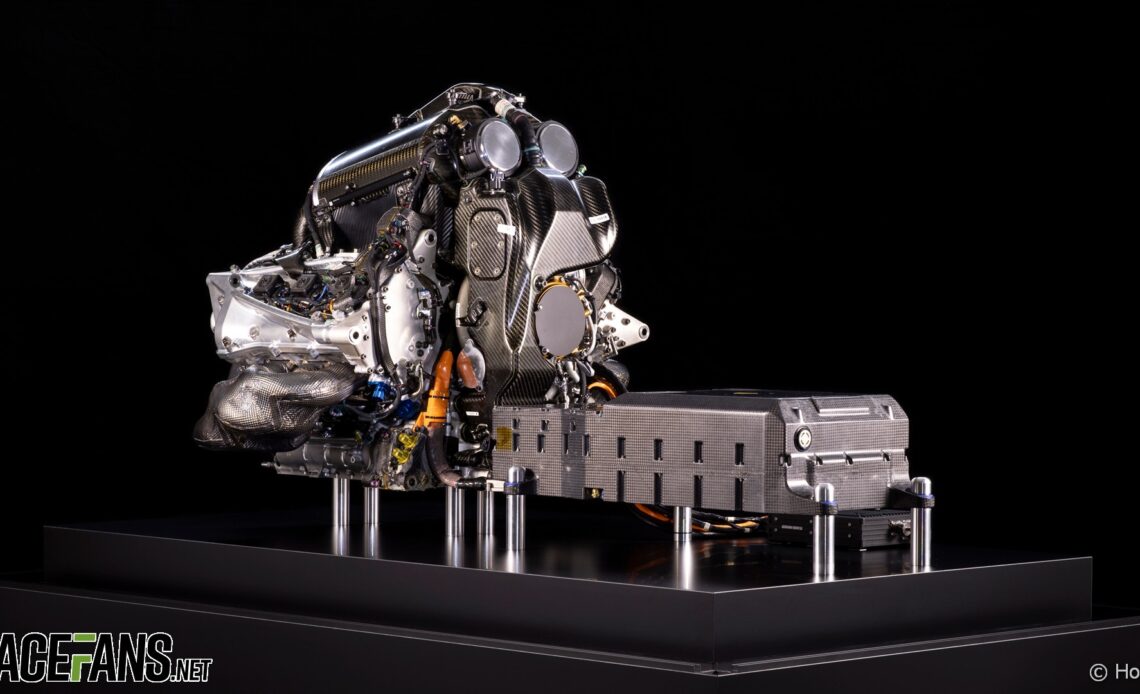Formula 1’s most dramatic rules changes this year are to the most visible parts of the car. Aerodynamics have been reworked and new, bigger wheels brought in to change the look of what you see on track.
Much less obviously, it’s also switching from 5% ethanol fuel to 10%. But what may sound like a small detail will have a significant effect on power units.
What’s more, the manufacturers need to get their adjustments for the new fuel blend right first time. This is because, following Honda’s decision to withdraw from the world championship as a manufacturer at the end of last season, F1 agreed to implement a freeze on power unit development during 2022.
That will last until the next engine formula arrives, which is currently slated for 2026. While some modifications for reliability are likely to be permitted after the freeze comes in, reliability problems can be disruptive for a championship bid, as Mercedes’ experience last year showed.
The switch to E10 as come about in…

